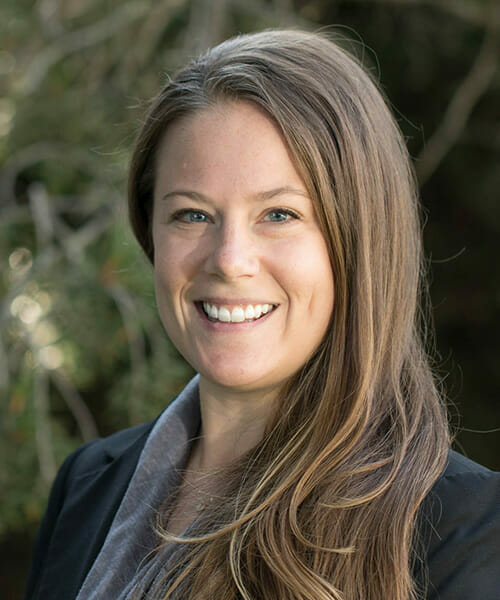
Many annual giving and alumni relations departments repeatedly rely on the same techniques to interest and invigorate alumni. However, the same old techniques can result in diminished enthusiasm from donors and potential donors alike. Where can advancement professionals look for inspiring new ideas to implement at their institutions?
To help address this, Tim Ponisciak’s new book Innovative Strategies for Annual Giving and Alumni Relations: Lessons from the Corporate World explores:
- Concrete examples of programs your institution can use to promote your brand
- The interrelation of marketing, alumni relations, and annual giving
- New and proven marketing techniques that can greatly benefit your department
- Institutional examples of applying marketing techniques with greater impact.
- Key questions to ask yourself and your school before moving forward
We reached out to Ponisciak this week to learn a little more about his new book and about his advice for annual giving and alumni relations professionals. Ponisciak serves as the director of graduate alumni relations for Notre Dame’s Mendoza College of Business.
Interview with Tim Ponisciak
AI. Tim, thanks for joining us. This new book: why it needed right now in higher education?
Tim Ponisciak. Getting the attention of our constituents gets harder each year with the advent of new technologies and new forms of marketing/advertising. Higher ed professionals are competing with every corporation to stay top of mind with their alumni and donors. It’s important to be able to learn from and think like some of the biggest companies in the world; otherwise, higher ed institutions risk having their important messages be relegated to white noise.
AI. What do you think is the most important thing your colleagues can learn from the corporate sector?
Tim Ponisciak. I think the most important thing that can be learned is how to leverage what is unique about your organization, and how to create new marketing strategies and campaigns that break the mold and stand out amongst the clutter that is created by all of the advertising campaigns each of us see every day in the car, on the bus, on tv/radio or on the computer. I think corporations can also help us understand how to quickly utilize new social media sites in a way that leverages new and innovative technology to drive particular actions — whether that be sharing a status update, making donations, attending reunion, or volunteering as a student mentor.
AI. Tim, can you give us a bit of an inside preview? Which chapter in the book do you feel most impassioned by and why?
Tim Ponisciak. There is a chapter focused on creating an immersive experience for your alumni and donors. Regardless of your area within your institution (annual giving, field fundraising, donor relations, alumni relations), this chapter illustrates how each of us can find ways to take what would otherwise be an ordinary experience for an alum, and turn it into a memorable, once-in-a-lifetime moment that could have a huge impact for the institution.
And there are ways to do this without having a huge budget for alumni events. The chapter discusses an ideology made popular by the Walt Disney Company, called overmanaging. Overmanaging provides a mindset for approaching all interactions with your constituent base. It can transform the way you approach your alumni.
AI. It’s a fascinating approach, and we really appreciate the way you apply it to a higher-ed context. Tim, what do you hope alumni affairs and annual giving professionals will be more equipped to do, after reading this book? What should they take away from it?
Tim Ponisciak. I hope that alumni and annual giving professionals will be able to look toward the corporate world and more easily identify marketing trends that could have potential for impacting the world of higher education. This book will give concrete examples of programs institutions can use to promote their brand. It will review new and proven marketing techniques from the corporate sector and will help readers think through how to apply these techniques to engage more alumni and increase giving.
Just to give you a sense of the possibilities, here are examples of the provocative questions I think annual giving and alumni relations leaders should be asking their teams (and that the book addresses in depth):
- What can higher-ed institutions learn from the airline industry regarding the gamification of marketing?
- Are there lessons from student brand ambassador programs run by companies like Amazon that are transferable to alumni relations?
- What about the “Share a Coke” campaign? How can this campaign influence future recognition society campaigns for your institution?
- How does Marvel and Pixar’s movie messaging apply to messaging about annual giving?
AI. Thank you, Tim!
Interested in the book? Get copies for your team here.


